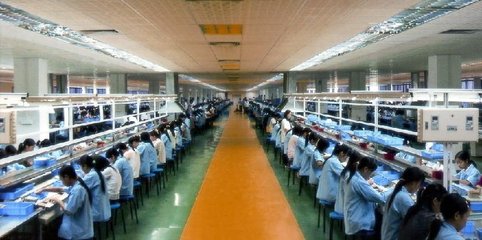Application of hydrogen in electronic industry

Hydrogen is used in crystal growth, substrate preparation, oxidation, epitaxy, and chemical vapor deposition (CVD) techniques.
Semiconductor industry requires very high purity of gases. The "doping" of trace impurities will change the surface properties of semiconductors.
Hydrogen is needed in the manufacture of polycrystalline silicon in the electronics industry. When silicon is produced by hydrogen chloride, silicon trichlorosilane SiHC13 is separated by fractionation process and reduced by hydrogen at high temperature to reach the purity required for semiconductors:
SIHC13+ H2 to Si+3HCI
When it is used in the synthesis and oxidation of hydrogen and oxygen, high purity hydrogen and high purity oxygen are passed through a quartz tube at atmospheric pressure to make it burn at a certain temperature, resulting in high purity water. Water vapor reacts with silicon to form high quality SiO2 film.
In epitaxy, silicon vapor phase epitaxy: silicon tetrachloride or trichlorosilane reacts with hydrogen on the heated surface of silicon substrate, and the reduced silicon is deposited on the silicon substrate to form an epitaxial layer.
SiC14+2H2 to si+4HCl
SiHC13+H2 to si+3HCl
The above process requires high purity of hydrogen. Trace amounts of carbon monoxide and carbon dioxide impurities in hydrogen can oxidize the substrate to produce polycrystalline silicon. If it contains methane, silicon carbide will be formed into the epitaxial layer, resulting in defects: in the past silicon epitaxy requires oxygen content less than 104 hours.
In the production of electro-vacuum materials and devices such as tungsten and molybdenum, the oxide powder is reduced by hydrogen and then processed into wire and strip. If the purity of hydrogen used is higher, the water content is lower and the reduction temperature is lower, the finer the tungsten and molybdenum powder is. The filling gas purity of hydrogen thyratron, ion tube, laser tube and other inflatable electronic tubes is required to be higher. The hydrogen purity used in the manufacture of the imaging tube is more than 99.99%.
In manufacturing amorphous silicon solar cells, high purity hydrogen is also needed.
The application and development of photoconductive fiber is one of the important signs of the new technological revolution. Quartz glass fiber is the main type of photoconductive fiber.